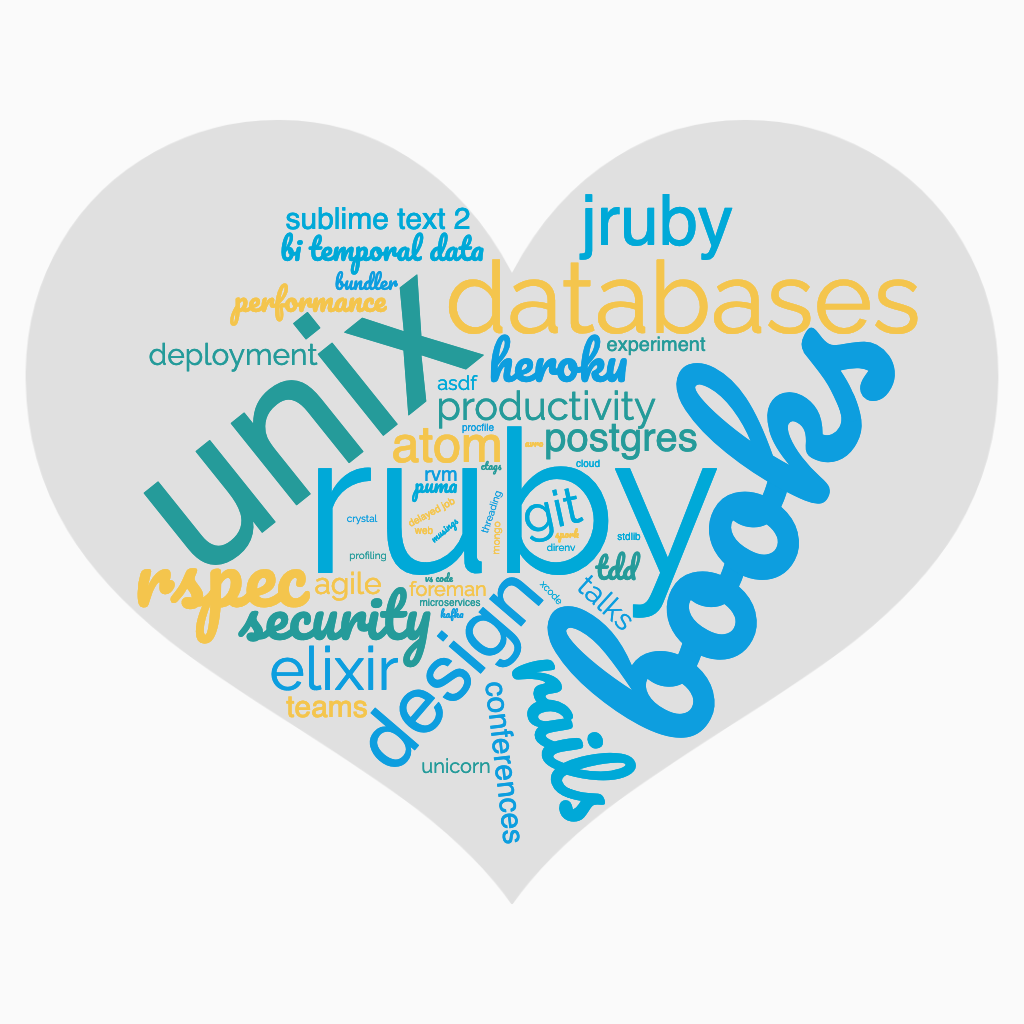-
The REPL: Issue 97 - September 2022
Signing Git Commits with Your SSH Key
SSH keys are more common than GPG keys, by far. I don’t know many developers that have GPG keys, but all of them have SSH keys, if only to use GitHub. However, the support for the signatures seems a bit rough at the moment.
Transactionally Staged Job Drains in Postgres
The article explains well how background jobs that run outside of a db transaction can have several categories or problems. However, job queues driven by relational databases sometimes don’t scale well, when compared to other queues. For example see
DelayedJob, orQuevsSidekiq. The article presents a pattern that keeps the transactionality, but regains much of the performance by using a staging table for jobs, which drains into the actual job queue that will do the work.Understanding GenStage back-pressure mechanism
Really concise explanation of what the concept of back-pressure means in Elixir, and how it can prevent overflow and the capacity of the system being exceeded.
-
The REPL: Issue 96 - August 2022
Your Makefiles are wrong
makeis a very powerful build tool, but it has sharp edges. In this post Jacob Davis-Hansson explains some best practices to improve the experience. The key insight is that each make target, by default, is suppose to generate a file, and execution is determined by laying out dependencies between files.Why are you so busy?
as long as you are doing your work well and continuously working on the next most important thing prioritised by the business, any pressure to deliver beyond what your team is capable of is objectively unreasonable.
Tom Lingham writes about being busy in software engineering teams. The quote above gets at the crux of the problem: You can only do so much. Asking for more, means that you need to work more or take shortcuts. Both of those lead to non-sustainable work. The appropriate response is to push back and have the tough conversations.
-
This Blog: 10 Years Later
Ten years ago I published my first post in this blog. Let’s look back.
I’ve published 210 posts:
$ ls src/_posts | wc -l 210Relatively evenly over the years:
$ ls src/_posts | cut -f1 -d'-' | sort | histogram | sort 2012 11 ###################### 2013 12 ######################## 2014 19 ###################################### 2015 30 ############################################################ 2016 22 ############################################ 2017 21 ########################################## 2018 18 #################################### 2019 21 ########################################## 2020 20 ######################################## 2021 22 ############################################ 2022 14 ############################(See my post on World Player Age if you are curious about
histogram)And even more so if we count by month:
$ ls src/_posts | cut -f2 -d'-' | sort | histogram | sort 01 19 #################################################### 02 17 ############################################### 03 17 ############################################### 04 18 ################################################## 05 22 ############################################################ 06 17 ############################################### 07 16 ############################################ 08 19 #################################################### 09 19 #################################################### 10 16 ############################################ 11 16 ############################################ 12 14 #######################################I’ve written almost 87,000 words (roughly 193 pages)
$ wc -w src/_posts/* 86919 totalSome of the blog posts I am most proud of, are also the longest (
wc -w src/_posts/* | sort -r | head -n 10):Word Count Post 3183 Deployments With Schema Migrations 2153 Bug Driven Design 1966 Scratching An Itch With A Ge, 1881 I Also Built a CLI Application With Crystal 1672 Avro Schema Evolution 1557 Enforcing Style 1293 Bitemporal Data 1236 Abstractions With Database Views 1213 This Blog Is Now Delivered Over TLS And if you create a world cloud out of the categories, I write about these topics:

Here is to the next 10 years!
-
The REPL: Issue 95 - July 2022
The Bullshit Web
Nick Heer laments the state of the current web. Modem speed in the 1990s were 56K modem (I started connecting with the internet on a 14.4K connection). Connection speeds are orders of magnitude faster, and yet web pages still feel slow. It’s the bloat. The embedded videos you don’t watch, the trackers, the ads. It’s all bullshit.
Failed #SquadGoals
Jeremiah Lee writes about the famed Spotify model. It was copied and talked about widely. It turns out, not even Spotify used that model. At least not to the extent that was implied in the original whitepaper. Remember that what you read companies are doing in their blog posts and whitepapers might not be exactly what they are doing, and when they move on to something else, they rarely go back to talk about the mistakes that they made in the first place.
Soft Deletion Probably Isn’t Worth It
Brandur contends that soft-deletion is usually not worth it. It’s rarely used, complicates the model, and on top of that breaks foreign keys. I agree with all that. Especially loosing foreign keys. As an alternative, he proposes using a generic
deleted_recordstable, storing most of the columns in JSON, and populating on deletion. It preserves foreign keys, and preserves the audit ability for customer support. He doesn’t mention it, but it strikes me that it can easily be partitioned for scalability.There is another alternative I’ve written about: Temporal Modeling. The issue with temporal modeling, is that it also looses foreign key constraints as they are implemented in typical relational databases. The database can still enforce via constraints on date ranges, but it requires a lot more work. I wish there was a Postgres extension that was temporal modeling aware and simplified constraint generation.
-
RSpec DSL Is Just Fine
In a recent article, Caleb Hearth proposes improving RSpec specifications by using ruby methods. I don’t agree with his prescription.
The original motivation for the article is to avoid the Mystert Guest problem. I agree with the intention: Having clear and legible specs is a great goal and is an integral part of a maintainable system.
Let’s examine the author’s spec, after it has been refactored to his liking, and using standard Ruby’s method for setup. I copy and pasted the code from the original article at the time of writing: